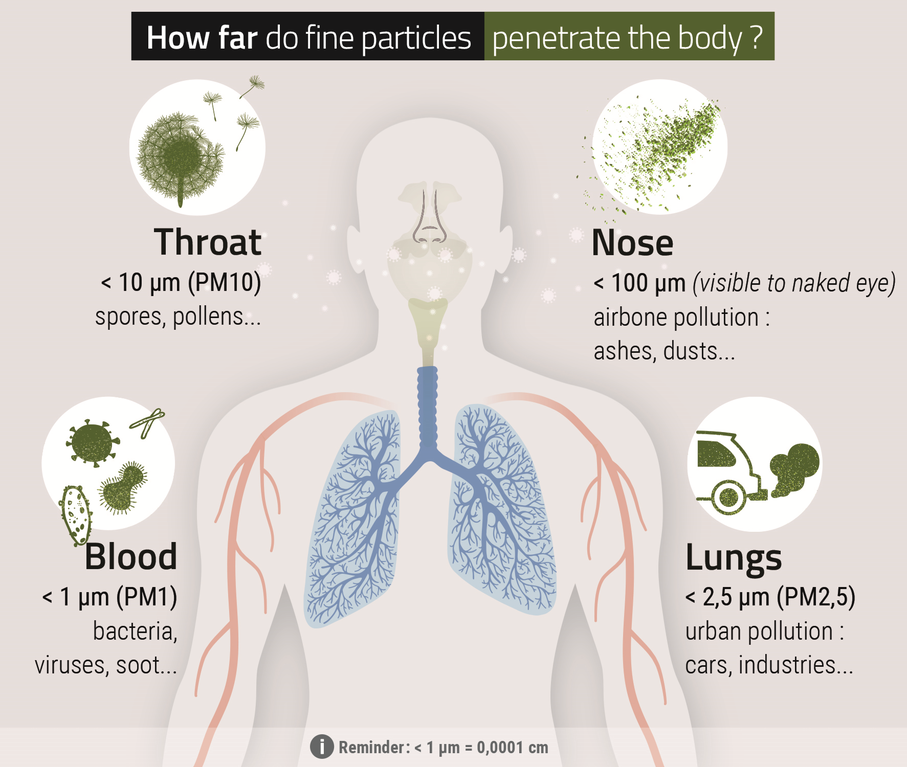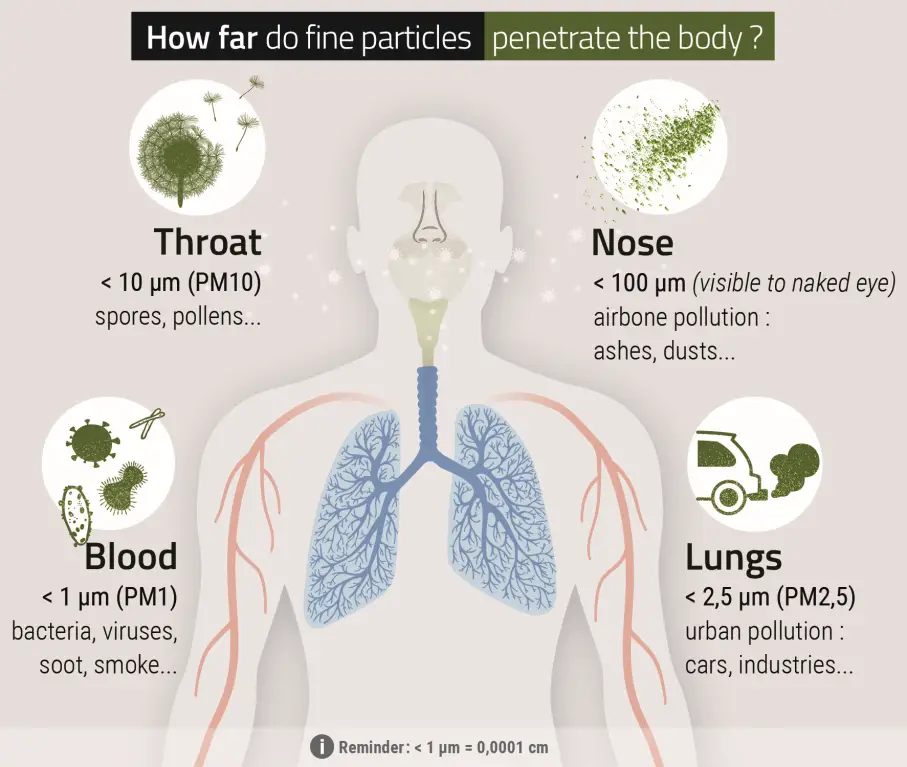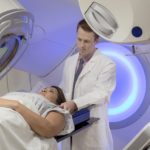Last Updated on 1 year by Francis
Negative ions are everywhere in our environment and play a vital role in our wellbeing. But how much negative ions do we need to be healthy and happy? This article will explore the effects of negative ions on our bodies, how to measure their levels, and the recommended daily dose of negative ions for optimal health. We’ll also look at how to increase your intake of negative ions, and the potential dangers of having an excess of them. So, let’s get started and learn about the amazing health benefits of negative ions!
The amount of negative ions you need depends on your lifestyle, environment and health. For most people, a negative ion count of 3000 to 5000 per cubic centimeter is beneficial. If you live in a polluted city, or you are exposed to a lot of stress, you may need to increase the negative ion count to 7000 or more.
To increase the negative ion count, you can use air purifiers, Himalayan salt lamps, or negative ion generators. You can also increase the negative ion count by spending time in nature, such as by the ocean or in a forest.

Contents
What is Negative Ionization and Why is it Necessary?
Negative ionization is a process by which air or a gas is exposed to an electric field, causing the air or gas molecules to become negatively charged. This process is used to improve air quality and reduce the amount of pollutants in the air. Negative ions can also help to reduce stress and improve overall health by reducing the level of pollutants in the air. Negative ions are also believed to help reduce the effects of allergies and asthma, as well as help improve sleep quality.
Negative ions are naturally produced in nature, such as near waterfalls, beaches, and forests. However, due to air pollution and other environmental factors, the number of negative ions in the air has decreased, reducing their beneficial effects. This is why it is important to artificially produce negative ions to restore the balance of ions in the air.
How Much Negative Ions Do We Need?
The amount of negative ions needed to achieve the desired effect depends on the size of the area in which the ions are being used, as well as the type of pollutants present in the air. Generally, a higher concentration of negative ions is needed in areas with higher levels of pollutants. The highest levels of negative ions are typically used in areas with very poor air quality, such as industrial areas, or in hospitals and medical facilities.
In general, it is recommended that the concentration of negative ions in the air should be between 500-1,000 ions per cubic centimeter. This is considered the optimal concentration for improving air quality and reducing pollutants. Higher concentrations of negative ions may be necessary in particularly polluted areas.
How to Generate Negative Ions?
Negative ions can be generated through a variety of methods, including air ionizers, electrostatic precipitators, and ozone generators. Air ionizers are the most common method of generating negative ions, and they work by passing air or gas through an electric field, which causes the air molecules to become charged.
Electrostatic precipitators work by passing the air or gas through an electrical field, which causes the particles to accumulate on a collecting plate. The collected particles are then removed from the air or gas. Ozone generators are also used to generate negative ions, and they work by passing air or gas through an ultraviolet light, which causes the air molecules to become charged.
Benefits of Negative Ionization
Negative ionization is beneficial for improving air quality and reducing pollutants in the air. Negative ions can also help to reduce stress and improve overall health by reducing the amount of pollutants in the air. Negative ions are also believed to help reduce the effects of allergies and asthma, as well as help improve sleep quality.
Negative ions can also help to reduce static electricity in the air, which can cause static shocks and interfere with the functioning of electronic devices. In addition, negative ions can also help to reduce the amount of dust and other particles in the air, which can help to reduce the spread of airborne diseases.
Safety Considerations
Negative ionization is generally considered safe, however, it is important to take certain precautions when using negative ionizers. It is important to make sure that the negative ionizer is not placed in an enclosed space, as this can cause the concentration of negative ions to become too high and potentially harmful.
In addition, it is important to make sure that the negative ionizer is not placed close to people who have a pacemaker or other electronic medical device, as this could interfere with the device’s functioning. It is also important to make sure that the negative ionizer is not placed near any flammable materials, as this could cause a fire hazard.
Top 6 Frequently Asked Questions
What are Negative Ions?
Negative ions are molecules or particles in the air with an extra electron. They are created naturally by air molecules colliding, by the energy of sunlight, by lightning, by waterfalls, and by the crashing of waves on the shore. Negative ions are also created by some types of indoor air purifiers. Negative ions can help to neutralize and reduce airborne pollutants such as dust, pollen, pet dander, smoke, and other allergens.
What are the Benefits of Negative Ions?
Negative ions can help to improve air quality, reduce stress, boost mood, improve sleep, reduce inflammation, and improve overall health. Negative ions are known to help reduce symptoms of allergies, asthma, and other respiratory issues. They can also help to reduce headaches, fatigue, depression, and anxiety.
How Much Negative Ions Do We Need?
The amount of negative ions needed to provide the desired health benefits will depend on the individual, the environment, and the type of air purifier being used. Generally speaking, most people will benefit from an air purifier that produces between 500 and 2,000 negative ions per cubic centimeter.
Where Can We Find Negative Ions?
Negative ions can be found in nature, in areas such as near waterfalls, at the beach, or in a forest. Negative ions can also be found in some types of indoor air purifiers.
Are Negative Ions Safe?
Yes, negative ions are generally considered to be safe. Negative ions are created naturally by air molecules, sunlight, lightning, waterfalls, and the crashing of waves on the shore. In addition, some types of indoor air purifiers also produce negative ions.
Are There Any Precautions to Take With Negative Ions?
It is important to note that some people may be sensitive to negative ions. Therefore, it is important to monitor the amount of negative ions produced by an air purifier, and to adjust the settings accordingly. It is also important to make sure that the air purifier is installed properly, and to use a quality air filter to ensure that the air purifier is working properly.
Boost Your Mood With Negative Ions
Negative ions are an important part of our lives and health. They help to regulate moods, reduce stress, improve focus, and boost energy levels. By understanding how much negative ions we need, we can take steps to make sure we are getting the right amount to maintain our health and wellbeing. With the right balance of negative ions, we can improve our overall quality of life.


.jpg)

.jpg)



